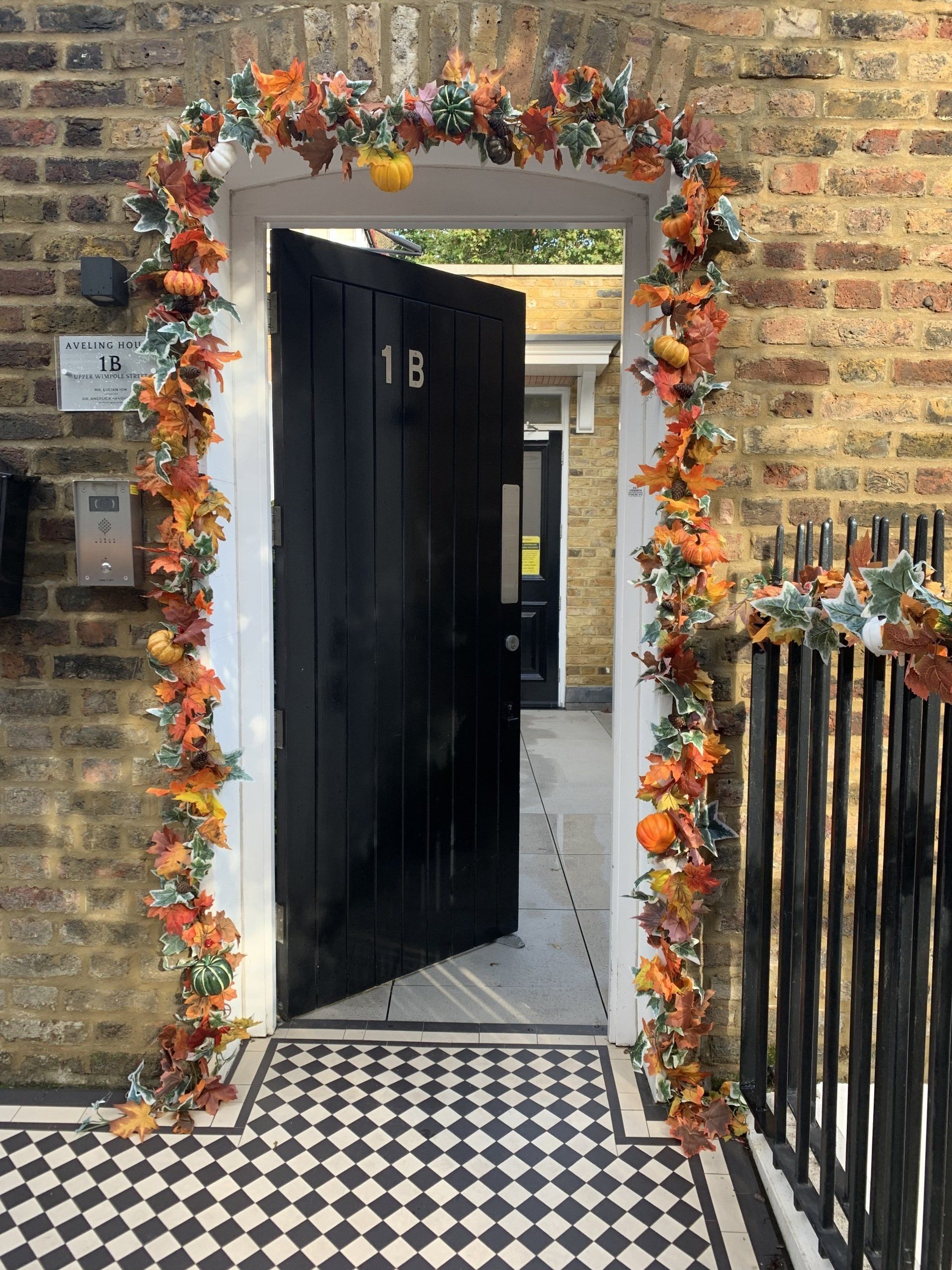Get in touch
020 7xxx xxx
info@ionkavounilondon.com
Peels Obagi Radiance®
Introduction
Chemical peels are one of the most common facial skin resurfacing procedures used to reveal younger, healthier-looking skin one layer at a time. The popularity is due to the quickness of chemical peel procedures, relatively low cost and glowing skin results. - Knowledge of the appropriate indications, the assessment of skin types and familiarity with the properties of individual peeling agents are essential for optimizing results and minimizing risks.
What?
Alphahydroxy acids AHAS, including glycolic , salicylic or lactic acid produce light, superficial peels. Trichloroacetic acid TCA peels are stronger and they are typically used for a medium-depth peel. Combination therapy also known as modified TCA peels allows for better control of the peel because the AHA disrupts the epidermis and allows for rapid and uniform penetration of TCA. - If a peel has a colour such as blue or green it is due to a pigment mixed with the acid. - The depth of a chemical peel is dependent on the specific acid ,the concentration, the number of applications during the treatment session and the characteristics of skin in the treated area.
Where?
Obagi Radiance® helps improve the appearance of fine lines and wrinkles, rough, uneven skin, large pores, blemishes and mild to moderate photoaging - The main indications for TCA peels are severe sundamage, skin lesions, lip lines, under eye wrinkles and acne scars.
When?
Peels are appropriate for any age above 18 yrs. It is imperative that you have a skin assessment especially if you have sensitive skin, any skin conditions or have a darker skin tone (southern european, middle eastern or asian) to start pretreatment skincare. - Obagi Radiance® helps to prepare your skin before a big event such as a birthday or wedding party . - Deeper TCA peels are perfect for a skin reboost after the summer season, TCA peels are often combined with a mini facelift to polish off the result. - Apart from the face peels are applied to the chest, hands and back.
How?
Please stop using any products that can cause skin sensitivity for a week before your treatment. You will be given specific instructions with pretreatment skincare. Wear little make up on the day of your appointment. - There is minimal discomfort with Obagi Radiance® so usually no anaesthetic is given, you will feel only a slight stinging and burning when the solution is applied. It is recommended that you have 2-4 peels every 2-4 weeks. - Medium peels TCA are also performed as an outpatient procedure and can cause more discomfort. Frequently, the combination of paracetamol and ibuprufen is recommended an hour before the treatment. Cooling with a fan helps during the application of the solution. TCA peel is a one off treatment that may be repeated yearly.
Aftercare
After a superficial peel the mild redness, soreness and dryness of the skin are not usually significant enough to stop you from working or socialising. You should wash your face gently in the morning and in the evening and dab dry without rubbing. - Medium depth peels may take 7-10 days to settle so you should take time off work and you shouldn't exercise. The swelling is usually mild but around the eyes can be more significant. Resting with the head elevated is usually sufficient to control it. The treatment area will appear covered with brown crust, as in the case of a severe sunburn. It is important to avoid active removal of the crusts, as these can lead to prolonged redness or even scarring of the skin. Following peeling of the crusts, the skin looks fresh, slightly pink and even in colour. - Systematic use of sunblock and specialised skincare is necessary for 3-6 weeks with any type of peel. - Avoiding direct sun exposure is important and so it is recommended to use suncream with an SPF of 30 or above as well as wearing a hat. Direct sun exposure within the first month of treatment may adversely affect results and could lead to undesired pigmentation changes.
Risks
There are relatively minor risks associated with AHA peels and minimal chance of any long-term problems. - TCA peels may rarely cause scaring or uneven pigmentation requiring further treatment. - Herpes eruptions are common. You may be prescribed an antibiotic ointment to apply in small quantity to the face, both to reduce the risk of infection and to avoid early break of the crusts and anti-viral treatment is also included. - Obagi® has been a trusted name in professional skincare for several years, which is why many patients seek out these excellent peels by name.
How long (duration of treatment)?
15-20 minutes
Level of Pain?
Mild to moderate
Post Procedure Downtime
24 Hours or 7 days
Cost for procedure?
From £360
Contact Us
Thank you for contacting us.
We will get back to you as soon as possible.
We will get back to you as soon as possible.
Oops, there was an error sending your message.
Please try again later.
Please try again later.
Ion Kavouni London
Aveling House1B Upper Wimpole Street
LondonW1G 6AB(Entrance in Weymouth Street)
Call: 020 7486 9040
Call Us
London
Content
APS Ltd Registered address: 52 High Street, Pinner
Middlesex HA5 5PW

